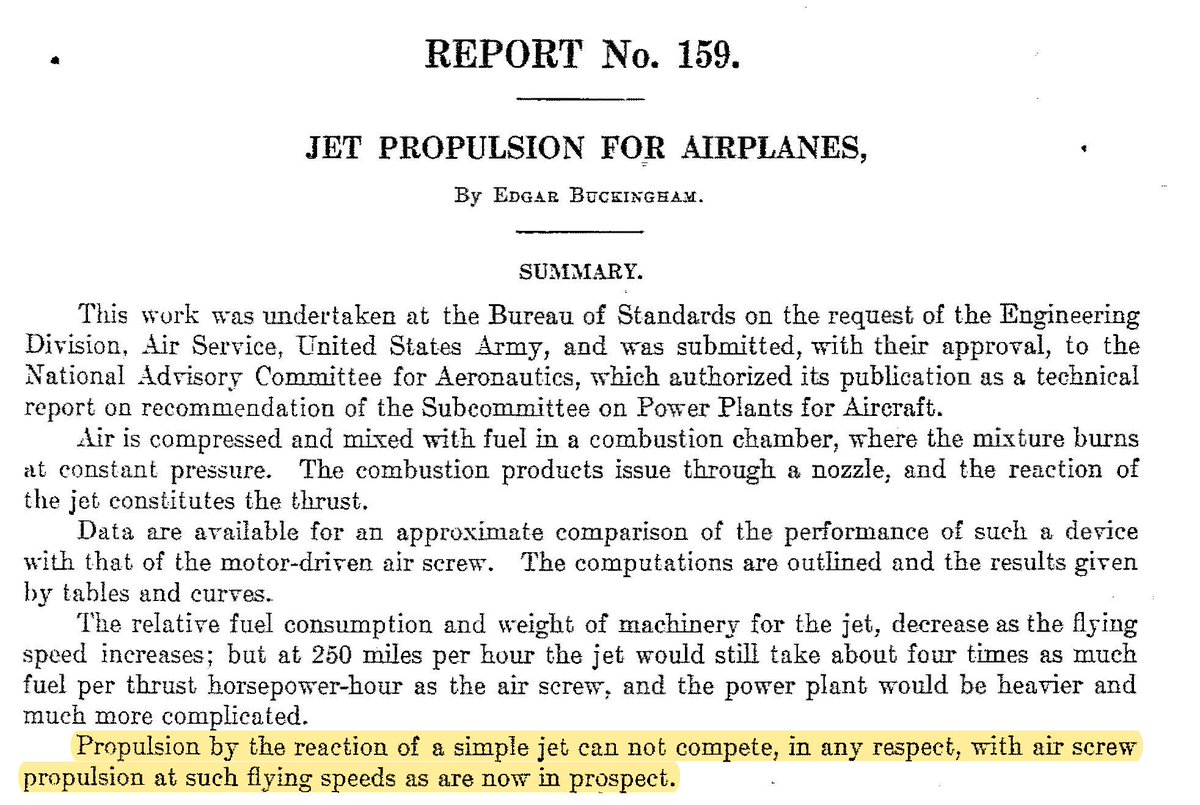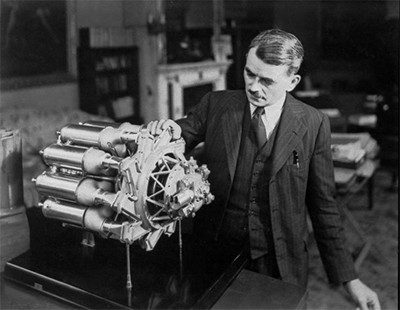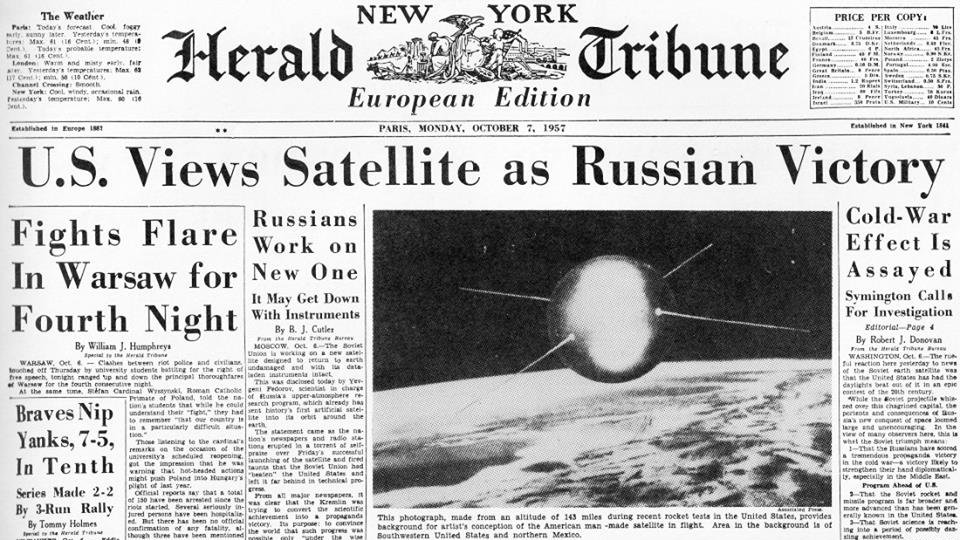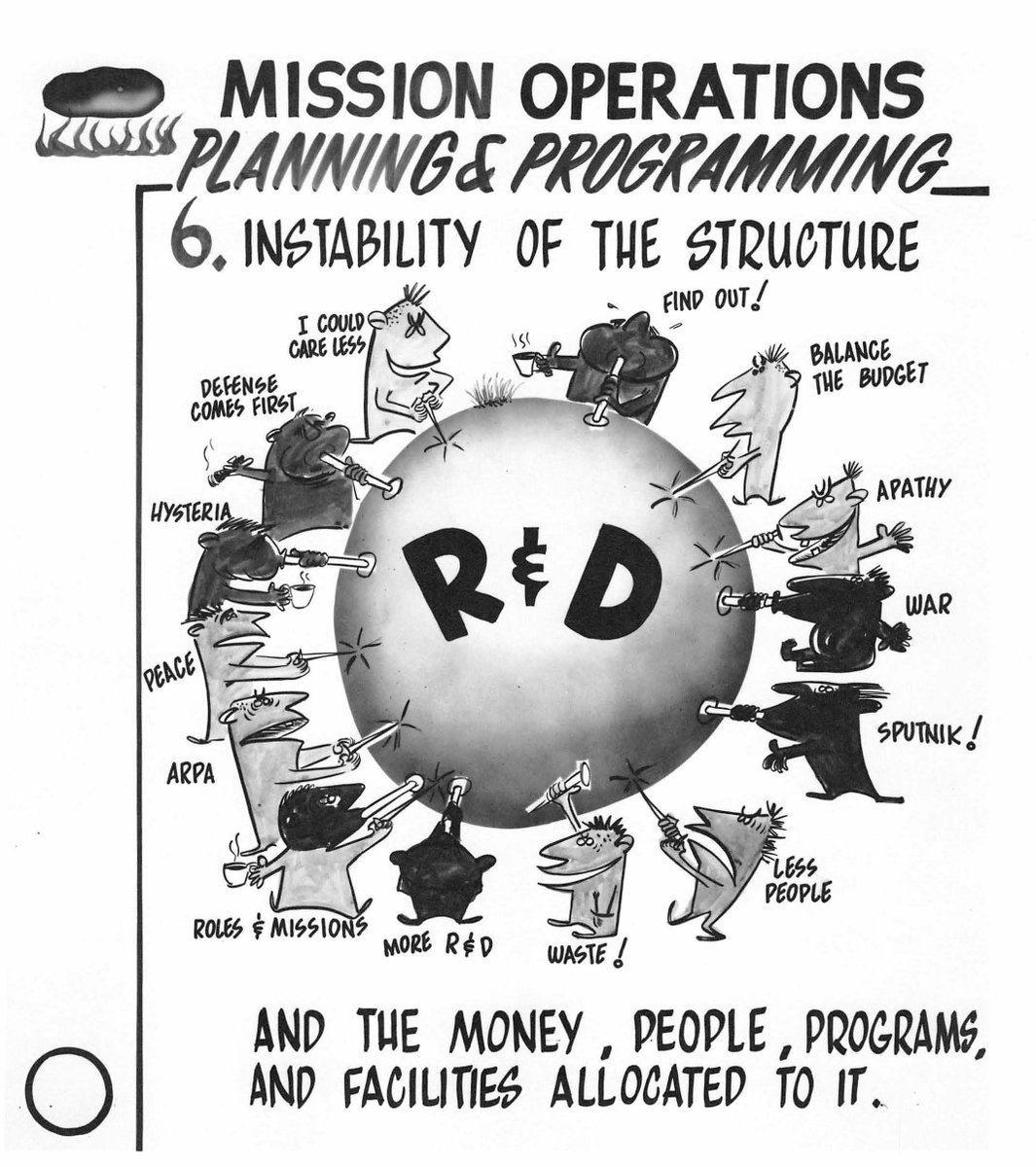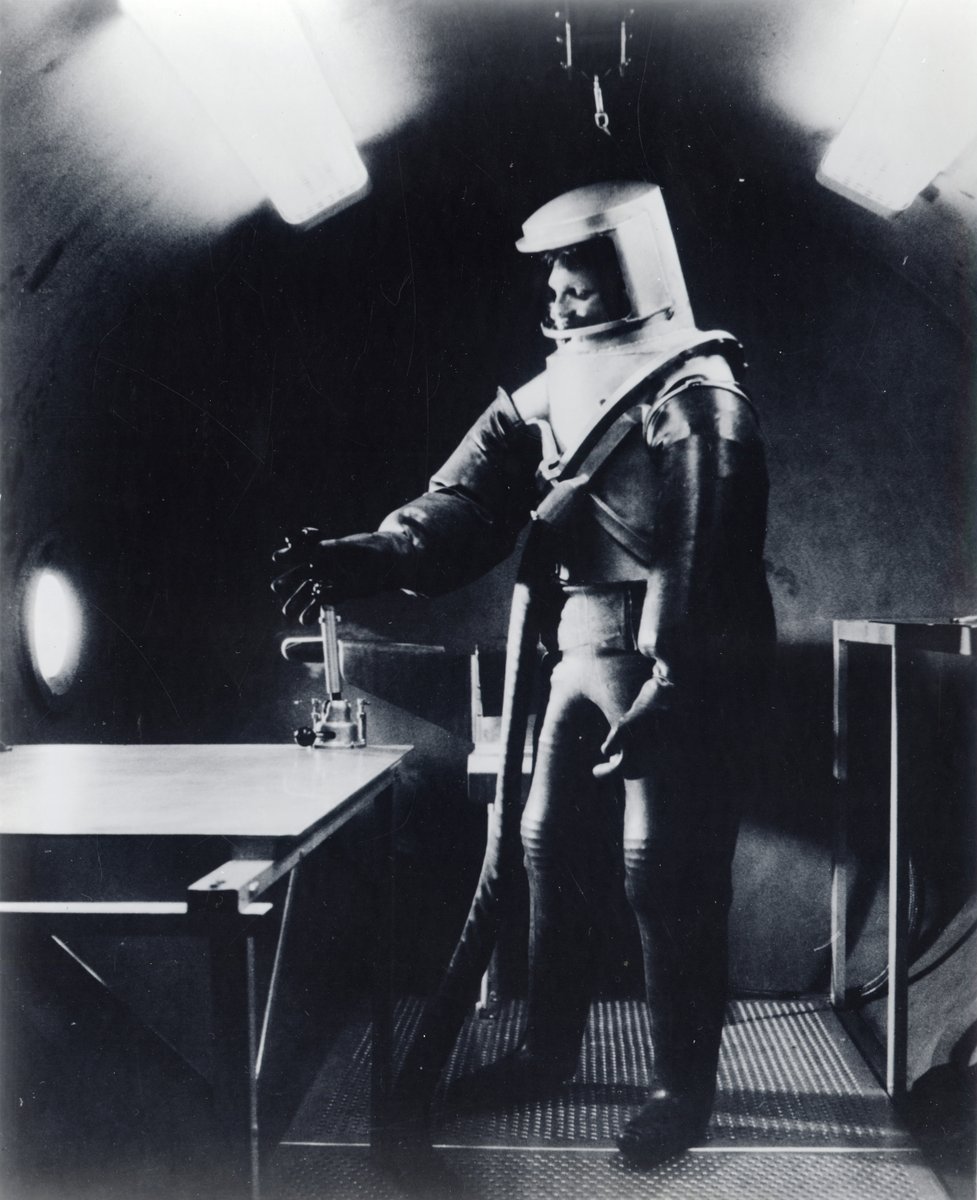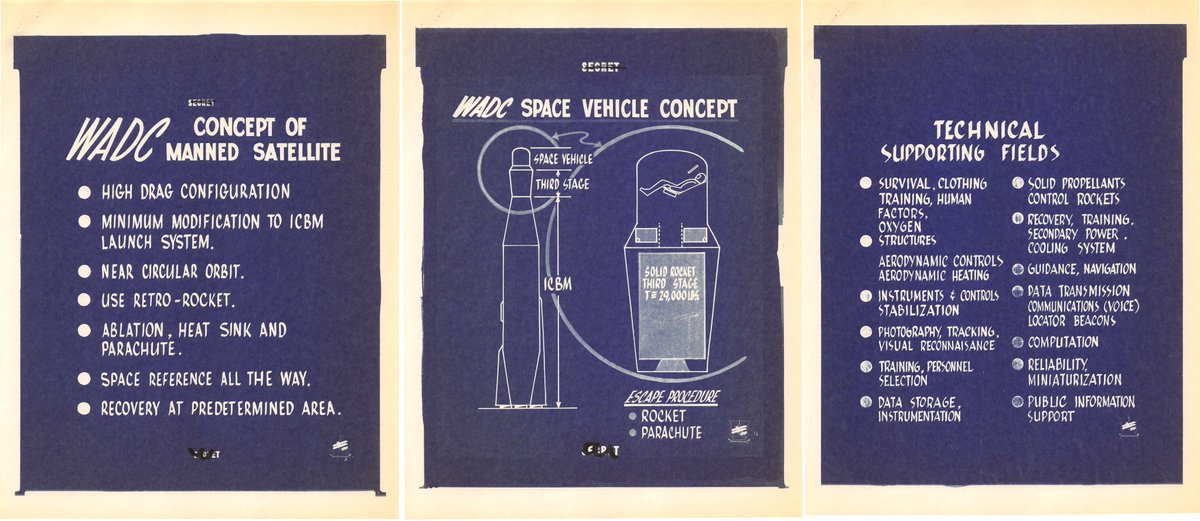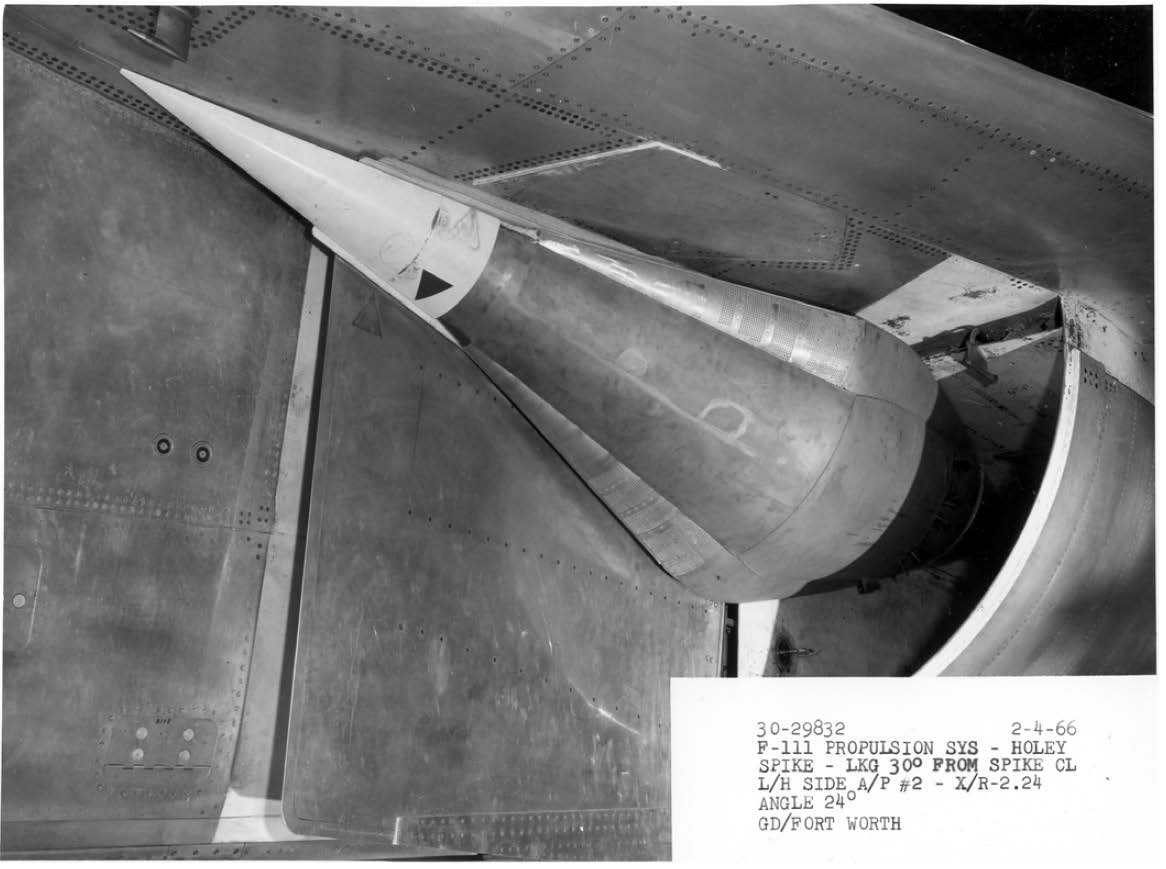1/ an (unofficial) historical observation/thread: every time there& #39;s one of these pivots ("inflection points") the Air Force Sci&Tech community is criticized for working on the wrong "stuff." This is scapegoating that ignores the real process. @AFResearchLab @AFRL_CC https://twitter.com/EsperDoD/status/1306330148665536512">https://twitter.com/EsperDoD/...
2/Since #WWI @McCookField days, the Army (Air Force) has always pushed for techs with obvious application & for short-term problem solving. By "pushed" I mean "been willing to pay for." Long term R&D has been a constant low-priority undercurrent, but what about revolutionary S&T?
3/The truth is: no one wants to pay for that with tax dollars and a zero-sum defense budget. Supporting bird in hand has ALWAYS taken precedence over the 2 in the bush. This is history, so let& #39;s look at a few examples.
4/In 1918, @AFResearchLab predecessor @McCookField worked with @GEAviation Sanford Moss to make aircraft turbochargers practical, which made high altitude flight (& recon/photos) possible. They were almost the only ones in the world working on this. Note the components.
5/In 1924, the Engineering Division asked NACA/Bureau of Standards to study the idea of a gas turbine engine for aircraft, because they had no money to study it themselves, like most things. Conclusion: Nope. Not yet. (see pic)
6/Note that the turbo pic above has all the key parts of a turbine (aka jet) engine, except a combustor. For that, it used a piston engine. The Air Corps (now at Wright Field @WrightPattAFB) took it further by designing a "hybrid" engine that was essentially a piston-turboshaft
7/In 1939, Wright Field asked Navy/Natl Acad of Sci to study aero turbine engines. Again: Nope, not yet. Odd, since this guy, Hans Von Ohain, flew the world& #39;s first jet plane in Germany that same year.
8/The mid-1930s were the worst year for military aviation R&D budget. No money for anything, esp advanced propulsion. Everything was making piston/prop more efficient. That& #39;s what leadership wanted. Hap Arnold even told them to focus on exactly that when war broke out.
9/USAAF chief Hap Arnold went to England in April 1941. There he met this guy & was shown his invention: a turbojet engine. He immediately arranged to have it brought to US & developed by...Wright Field & GE, the same turbo people since 1918 who had been told no jets at least 2x.
10/after the war the big question was: why didn& #39;t US develop jets when UK & Germany did. We had it, almost, all the pieces, & know-how. But were actively discouraged in austere military investment context. Instead made best piston/props in the world... that were obsolete by 1945.
11/Fast forward to Oct 1957. Sputnik shocks the world. Why didn& #39;t we put a satellite in space first. Were the Soviets that much better? Was their system superior to ours? Why weren& #39;t we spending money in space?!? These were real questions, but the answers were complex.
12/This chart illustrates what was happening in USAF R&D world. Studies showed over Ike years that govt military labs suffered. S&Es left in droves, facilities were obsolete, projects were limited. Real money/work was in industry. Projects like Aerospaceplane died ugly deaths.
13/there were a few S&T visionaries. Space Medicine, Rocket research, airman in space, etc. But the scientists said the same thing: space was a "dirty word" in SAC/LeMay era nuclear-dominated Air Force, so nothing went anywhere. But NASA used those building blocks to get to moon
14/As a result of Sputnik, labs made independent of Systems Centers & 1960s became a "golden age" for visionary S&T work. X-15. Dyna-Soar. MOL. Hypersonics. Missiles. Space experiments. Then...Vietnam. Why weren& #39;t we working those techs? Why wasting money in space?!?
15/1957-67 was whipsaw for S&T budget. On eve of Sputnik, Wright Field was literally cutting programs across the board, all space gone. W/in 2 years, opposite: aero (aka conventional)goes & money shifts to space. By late 1960s, all space goes again, back to aero.
16/Vietnam was rude awakening as Century Series aircraft designed to support strategic nuke mission were ill-suited to conventional warfare. Labs step in: electronics, fire resistant fuels, better jets, engine-inlet comparability, fly by wire, precision munitions, & stealth.
17/the 1970s Teen & 80s 4th gen fighters used 1960s lab techs. This was "second offset" period of precision munitions (laser), battlefield awareness (Ground moving target indicator & Synthetic Aperture Radar), & stealth, all pioneered in part by @AFResearchLab predecessors.
18/1980s went high tech again with Strategic Defense Initiative, National Aerospace Plane, Advanced Technology Bomber (B-2), and Advanced Tactical Fighter (ATF) which required labs to build new facilities & invigorate those tech areas...until the Cold War ended.
19/That led all the AF labs to consolidate into single @AFResearchLab, but many missions were divested, consolidated, etc. Then...9/11. Why weren& #39;t they working techs like UAVs, persistence, battlefield airman, etc.? Now this gets a bit tricky for social media...
20/AFRL was criticized for not supporting quick needs in Afghan/Iraq type war, too much legacy Cold War. Ok, so switched gears for a while. Now...call to switch from that approach to...great power competition.
21/Hopefully you get my point. S&T research investment $$ are largely dictated by needs of today& #39;s warfighter, who isn& #39;t as much concerned with his successor 10 years down the road, leaving the labs holding an empty bag down the line.
22/thanks for sticking it out & indulging the simplifications necessary for twitter. @AFResearchLab @AFRL_CC @mikeheil @DrMikeGregg @AFOSR @AFRLNMHistory

 Read on Twitter
Read on Twitter
